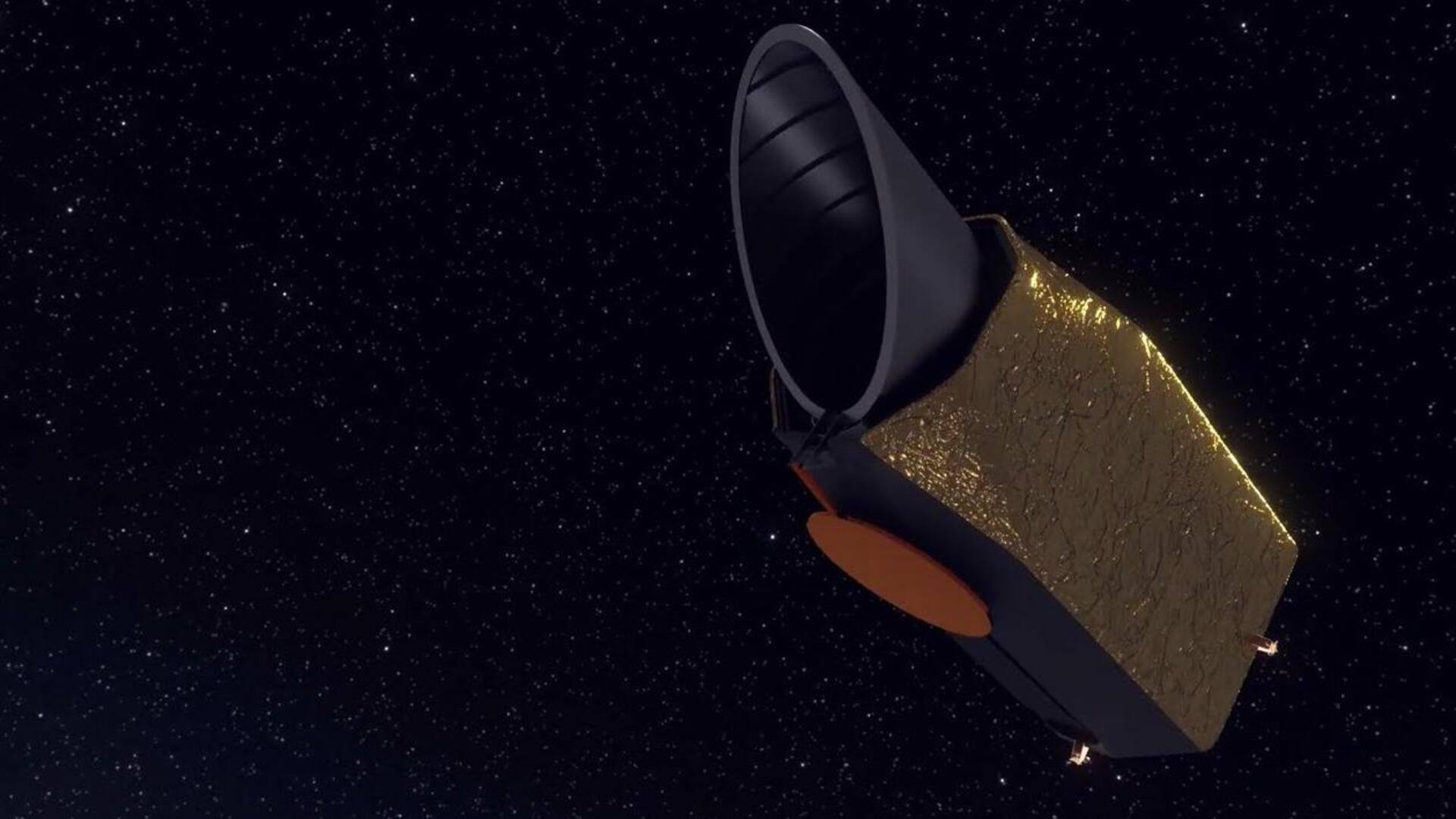
NASA's next flagship space telescope could be JWST's successor
What's the story
NASA is planning on its next major space telescope, called the Habitable Worlds Observatory (HWO). The upcoming mission could serve as a potential successor to the James Webb Space Telescope (JWST). The HWO will be able to study exoplanets, stars, galaxies, and other celestial objects for signs of life beyond Earth. The observatory is set to revolutionize our understanding of solar systems outside our own, but its launch is quite some time away.
Details
The mission is currently in the phase of 'technology maturation'
"Before we can design the mission, we need to develop the key technologies as much as possible," said Dr. Dimitri Mawet, professor of Astronomy at Caltech and a senior research scientist at the NASA Jet Propulsion Laboratory (JPL). "We are in a phase of technology maturation. The idea is to further advance the technologies that will enable the Habitable Worlds Observatory to deliver its revolutionary science while minimizing the risks of cost overruns down the line."
Instruments
Spectroscopy helps decode exoplanet biosignatures
Currently, scientists use spectroscopy to identify biosignatures—a chemical, substance, or something that points to past or present life—on exoplanets. Spectroscopy involves analyzing light to detect gases in the exoplanet's atmosphere. However, the process requires blocking out the bright glare from the host star the exoplanet is orbiting, leaving only dim starlight bouncing off the closeby exoplanet's atmosphere. Blocking the star glare is mainly done in either one of the two ways: using a coronagraph or a starshade.
Insights
How coronographs and starshades help find exoplanets
Coronagraph is an internal component of a telescope. Through a multi-step process, it blocks out starlight received by the telescope to reveal exoplanets concealed within the star's glare. Spectroscopy is then used to understand the exoplanet's nature. Currently, Hubble and JWST are the only space telescopes using coronagraphs to study exoplanets. A starshade is external to the telescope. It will be able to unfurl at a particular distance in front of the telescope, serving as a shade to block starlight.
Launch
When will HWO launch?
NASA has opted for a coronagraph path for HWO. The observatory could launch sometime in the late 2030s or early 2040s. Along with looking out for exoplanets, HWO will also be performing common astrophysics observations. Notably, NASA also plans to use a coronagraph on the upcoming Roman Space Telescope to image gaseous exoplanets. This mission is slated for launch sometime in 2027 and could indicate the potential use of the instrument before HWO takes to space.